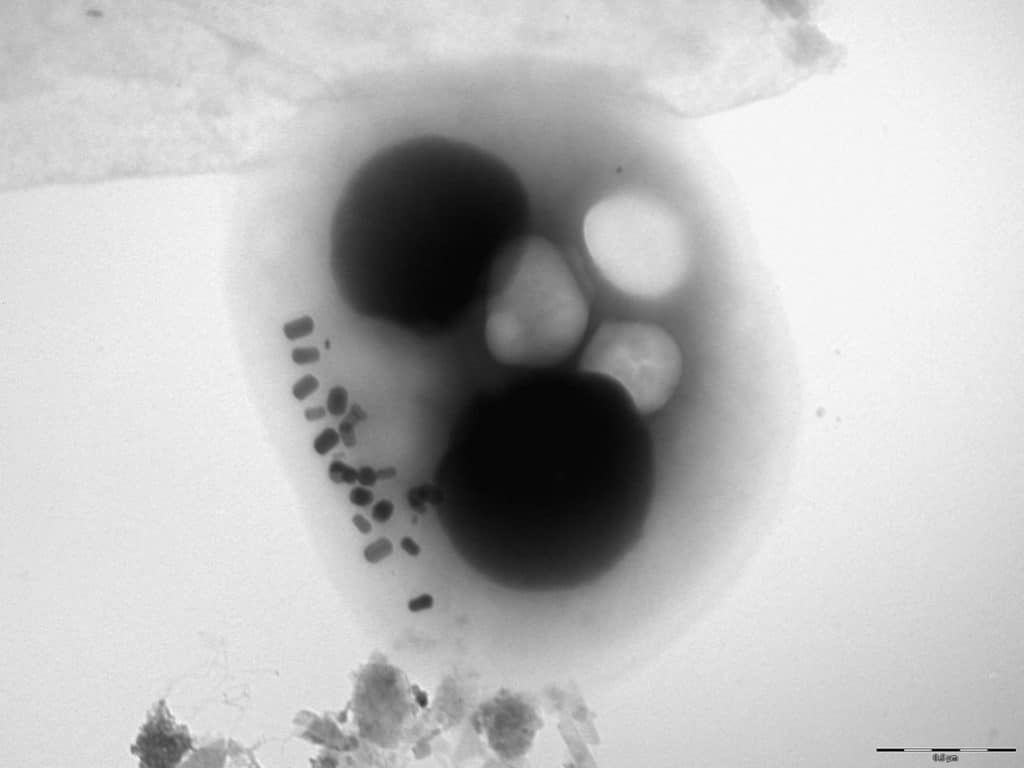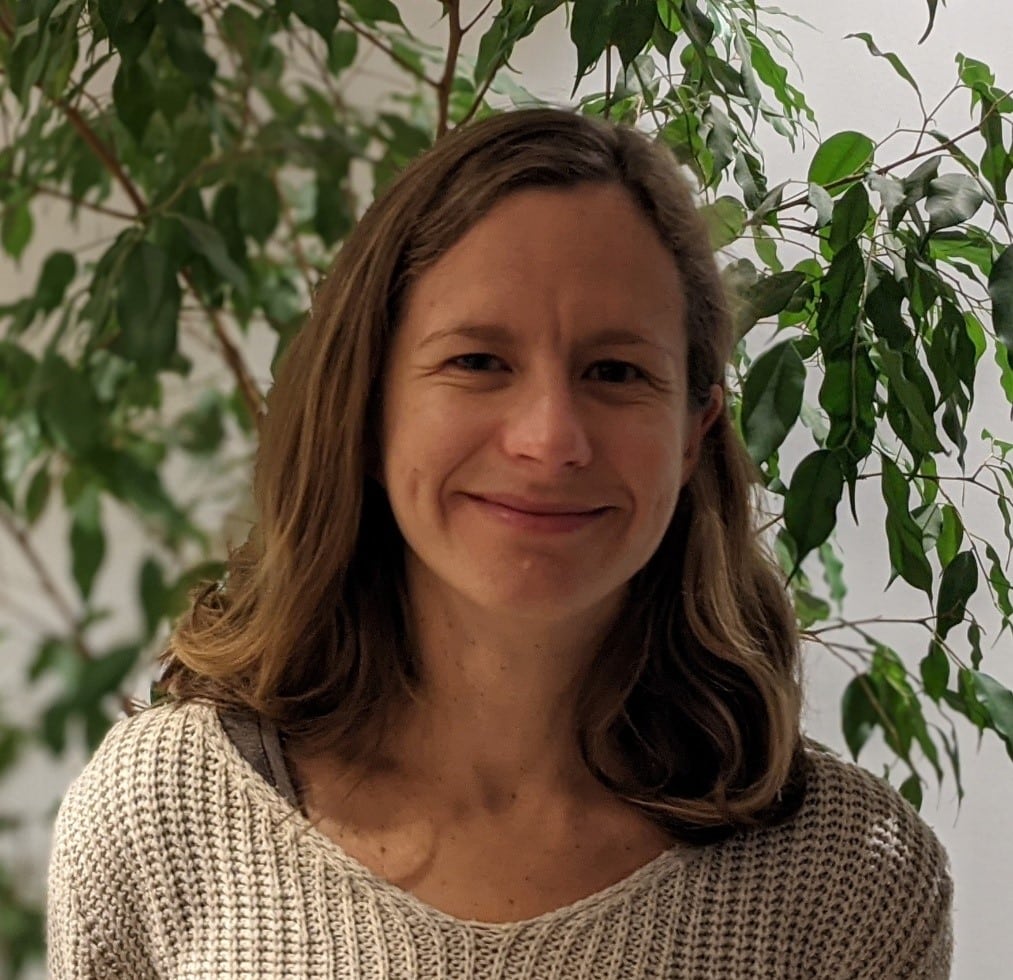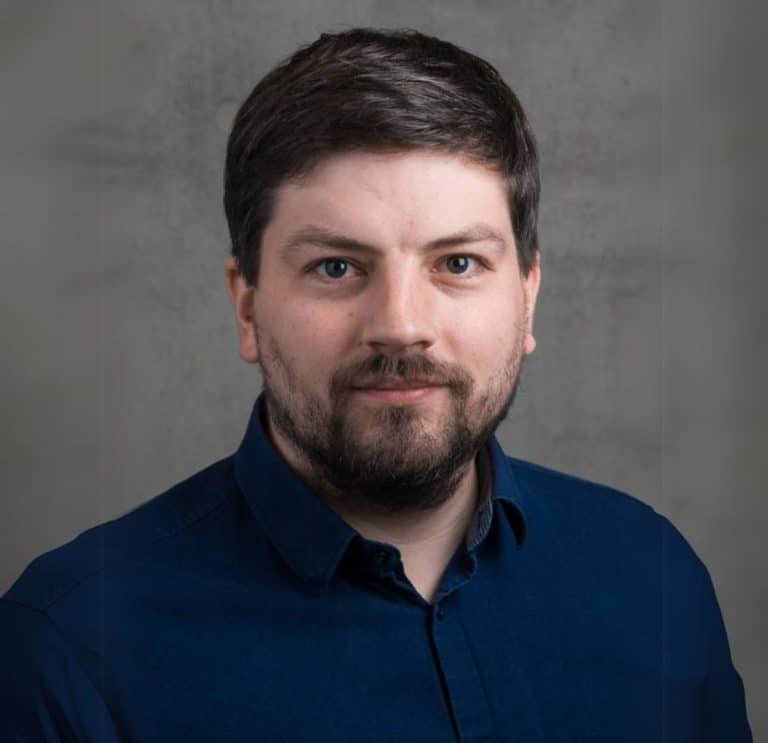You are here : Home City of energies > HOME BIAM > Collaborative projects and networks > Magnetotactic bacteria – AMIDEX project
A*MIDEX project
International research and training
Train tomorrow’s researchers in an international context at the crossroads of microbiology, biophysics and simulations, with the aim of understanding complex phenomena and developing biotechnologies for multiple medical applications.
The excellence of BIAM’s fundamental research is illustrated in 2023 by the award of an A*Midex grant from the University of Aix-Marseille. This ambitious project combines research and training expectations, with the aim of training tomorrow’s scientific leaders, capable of tackling multidisciplinary problems at the interface of biology, physics and materials science, with applications extending to medicine.
This networked doctoral program involves three university teams, including the BIAM team, and collaborations from four European countries.
A*Midex funds the project to the tune of 800 k€ over five years.
The research project
MagneTotactic Bacteria (MTB) have the specificity to synthesize magnetic nanoparticles. This ability provides the bacteria the unprecedented capability of a so-called magnetoaerotaxis, which is the search for the best oxygen conditions aided by a supposedly passive alignment along the Earth’s magnetic field lines. Additional tactic behaviors are slowly brought to light, such as phototaxis, the ability to move according to light conditions.
However, the chemotaxis of MTB to simple molecules as reported for E. coli has not been studied. In addition, tactic behaviors were mostly analyzed for a reduced number of bacterial species. Moreover, complex magnetotactic microorganisms have been discovered, such as Multicellular Magnetic Prokaryotes (MMP) and holobionts (symbiosis between a protist and MTB). Here, we thus propose to study the tactic behaviors of a variety of MagnetoTactic Microorganisms (MTM).

In this project, multidisciplinary teams of AMU encompassing microbiologists, biophysicists, and theoretical physicists join forces to supervise doctoral students that will tackle the above-mentioned scientific problem. The students will spend secondments in international partner groups with complementing expertise. These experts will also be invited to AMU to teach within the Plinius cursus of the IM2B Institute to offer unique training with high added-value. Deciphering tactic behaviors of MTM will open the door to their use as controllable microrobots for biomedical applications and solve the long standing debate about active magnetoreception in microorganisms.
The project coordinator

Damien FAIVRE
I am particularly recognized for my highly interdisciplinary approach first to (bio)mineralization processes initially with iron oxides and MTB and then with calcium carbonate and coccolithophore algae. In parallel, I more recently initiated a line of research on microswimmers, with magnetic bacteria but also with random-shape synthetic devices. My group has established itself as leader in the understanding of microswimmers’ movement. My contribution is particularly acknowledged to be at the forefront in the community where I combine in-house designed microscopic platforms with knowledge in biology and a strong collaboration with simulation / theory partners.
Accordingly, I have authored many seminal publications, several in high-ranking journals of different fields, and have been invited to author comprehensive reviews in renowned journals. Furthermore, I edited a comprehensive multi-author monograph on iron oxides (2016).
Contact: damien.faivre@cea.fr
PIs AMIDEX

Mila Sirinelli-Kojadinovic
Mila Sirinelli-Kojadinovic is an assistant professor in the Biology Department of Aix-Marseille University. She teaches in various fields such as Biochemistry, Microbiology, and Biostatistics and is involved in the Plinius Cursus, the PhD program of the IM2B (Institute for Microbiology, Bioenergy and Biotechnology of Aix-Marseille University).
M. Sirinelli is interested in strategies developed by microbes to adapt and respond to changing environments (e.g. metabolic adaptation, motility modulation). Her research has recently focused on magnetotactic bacteria and their capacity to sense, integrate, and respond to diverse signals (presence of a magnetic field, environmental chemical concentration, bacterial metabolic state…). She has expertise in microbial physiology and metabolism and technical approaches associated with these fields (microbial culturing and physiological monitoring, molecular biology, genomics, microscopy, and image analysis).

Long Fei Wu
Bacteria have remarkable capacity of adaption to various ecosystems. I’m interested in the questions about how magnetotactic bacteria develop their swimming apparatus to exploit the geomagnetic field and what are the mechanisms used by deep-sea bacteria to draw energy from hydrothermal vent light. The model organisms include unicellular magnetospirillum, magnetococcus and multicellular magnetotactic magnetoglobules collected from the Mediterranean Sea and China Sea, and both gram-positive and gram-negative bacteria collected and isolated from hydrothermal vent fields in the Indian Ocean. These studies are carries out using genomic, molecular, biochemistry, structural, metagenomic, microscopic and biophysical approaches through national and international collaborations.
Bacteria have remarkable capacity of adaption to various ecosystems. I’m interested in the questions about how magnetotactic bacteria develop their swimming apparatus to exploit the geomagnetic field and what are the mechanisms used by deep-sea bacteria to draw energy from hydrothermal vent light. The model organisms include unicellular magnetospirillum, magnetococcus and multicellular magnetotactic magnetoglobules collected from the Mediterranean Sea and China Sea, and both gram-positive and gram-negative bacteria collected and isolated from hydrothermal vent fields in the Indian Ocean. These studies are carries out using genomic, molecular, biochemistry, structural, metagenomic, microscopic, and biophysical approaches through national and international collaborations.

Jean François Rupprecht
Jean-François Ruprecht, CR CNRS at the Centre de Physique Théorique (Aix-Marseille Université), is a researcher in statistical mechanics and soft matter. With L. Bocquet and N. Waisbord, he explored collective effects in a model of magnetotactic bacteria. Joining the CNRS in 2019, his research focuses on understanding collective behavior in tight assemblies of cells, e.g. biofilm formation at oil droplets of the oil-eating bacteria Alkanivorax borkumensis.

Nicolas Waisbord
I study bacterial transport to unveil the physical mechanisms responsible for their niche partitioning in the complexity of their habitats. In particular, I aim at understanding how magnetotactic bacteria articulate their fascinating toolbox to exploit the many cues of their environment to colonize, grow and prosper in the heterogeneity of porous media.
International PIs

Andrejs Cebers
Prof. A.Cebers graduated from the State University of Latvia in 1971. He obtained the following degrees: Candidate of physical-mathematical sciences, Moscow State University, in 1977; Doctor of physico-mathematical sciences, Moscow State University, in 1987; and Dr. hab. Phys., Scientific Council of Latvia in 1992. Since 1997, he has been a Professor of theoretical physics at the University of Latvia and head of the Department of theoretical physics. In 2005, he founded the Laboratory of Magnetic Soft Materials associated with the chair of theoretical physics.
Starting from 1992, he has been many times invited to professor at the University Paris 6 (Paris Sorbonne), the University Paris 7 (Paris), the University of Nice Sophia Antipolis, the University of Orsay, and others. He is a Member of the Academy of Sciences of Latvia (since 1993), and a Member of the Academy Europaea (since 2005). In 2021, the French government awarded him “L’Ordre des Palmes Academique”. He is editor-in-chief of the international journal Magnetohydrodynamics (since 2000). He published 262 papers, 3 books, with a h-factor of 33 (Scopus).

Guntars Kitenbergs
Guntars Kitenbergs is an Assistant professor at the Department of Physics of the University of Latvia in Riga, Latvia. After graduating Erasmus Mundus Master in Nanoscience and Nanotechnology from KU Leuven and UJF Grenoble, he completed a cotutelle Ph.D. in Physics between the University of Latvia and the University of Pierre and Marie Curie (now Sorbonne University). Since then, his research activities within the Laboratory of Magnetic Soft Materials (MMML lab) have focused on experimental aspects of active matter and magnetic materials in microfluidics. This includes investigating microscopic magnetic object response to magnetic fields and the resulting flow fields. He also teaches courses on image processing and experimental and soft skills for physics students. Currently, G. Kitenbergs heads the Department of Physics.

Roberto DI Leonardo
Roberto Di Leonardo is Full Professor at the Physics Department of Sapienza University in Rome. He is interested in the origins, the consequences and the applications of motion at the micron scale, from Brownian motion to cell motility. To study that, his lab builds digital microscopes that integrate optical and computer hardware and where light can be used for imaging, manipulation, and fabrication of microsystems in 3D.
Di Leonardo has a PhD in Physics from the University of L’Aquila where he worked on supercooled liquids and glass transition. He then moved to Rome to join the Center for Soft Matter Research of the National Research Council. As a Research Fellow at the University of Glasgow, he became interested in the use of light as a tool for manipulating matter on the micron scale. In 2009 he began studying flagellar propulsion, focusing in particular on the possibility of exploiting motile bacteria as a source of work in miniaturized devices. He is the author of about 100 research papers on topics ranging from experimental optics to statistical mechanics. He was a Junior Fellow of the School for Advanced Studies Sapienza (SASS 2013-2019), recipient of a Presidential Medal in Italy (Premio Le Scienze 2007), and an ERC grantee (Starting Grant 2012, Proof of Concept Grant 2017, Advanced Grant 2018).

Daniel Pfeiffer
Dr. Daniel Pfeiffer is a junior group leader specialized in bacterial cell biology and the motility of magnetotactic bacteria.
He earned his PhD from the University of Stuttgart in 2013. In October 2023, he was granted the venia legendi by the University of Bayreuth. His main areas of expertise include the cultivation, genetic modification, and molecular and behavioral analysis of these bacteria using single-cell tracking and super-resolution microscopy methods.
His research focus is the investigation of genetic determinants that control motility and cell polarity in Magnetospirillum gryphiswaldense. In particular, his research aims to characterize key components of the complex chemosensory and flagellar systems associated with magneto-aerotaxis.
Need to know more
Upcoming links…
